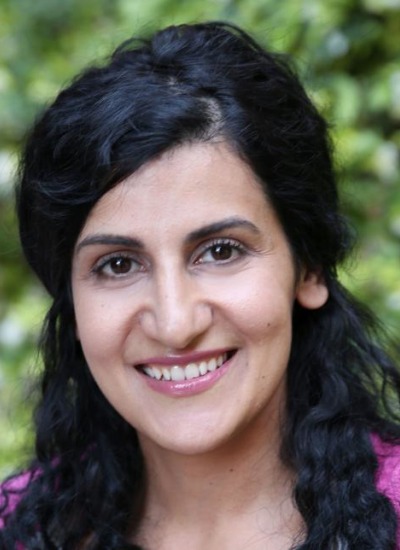Malak Tfaily
Work Summary
My current research is in globally emerging research avenues that transcend laboratory to field-based studies and use modern analytical approaches to advance ecosystem understanding of carbon turnover and storage through molecular characterization. While the majority of work on metabolomics focuses on clinical studies, my work focuses on the soil environment as whole, one of the most complicated but amazing systems on earth.



